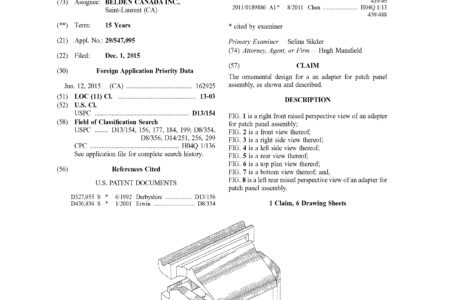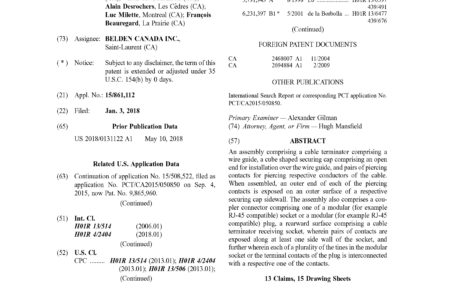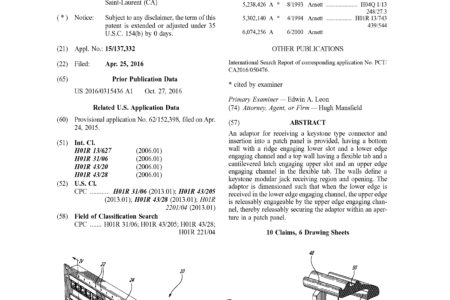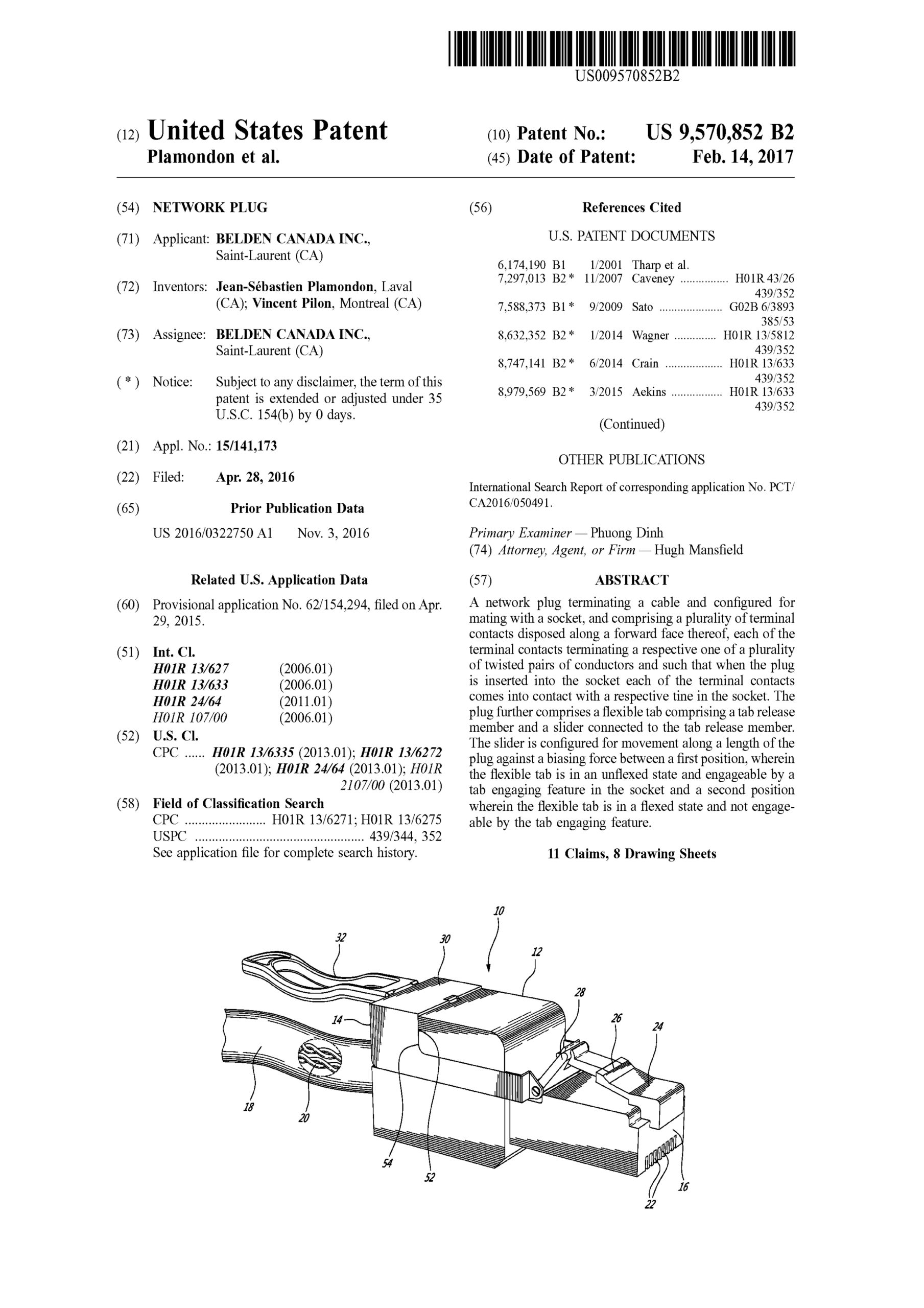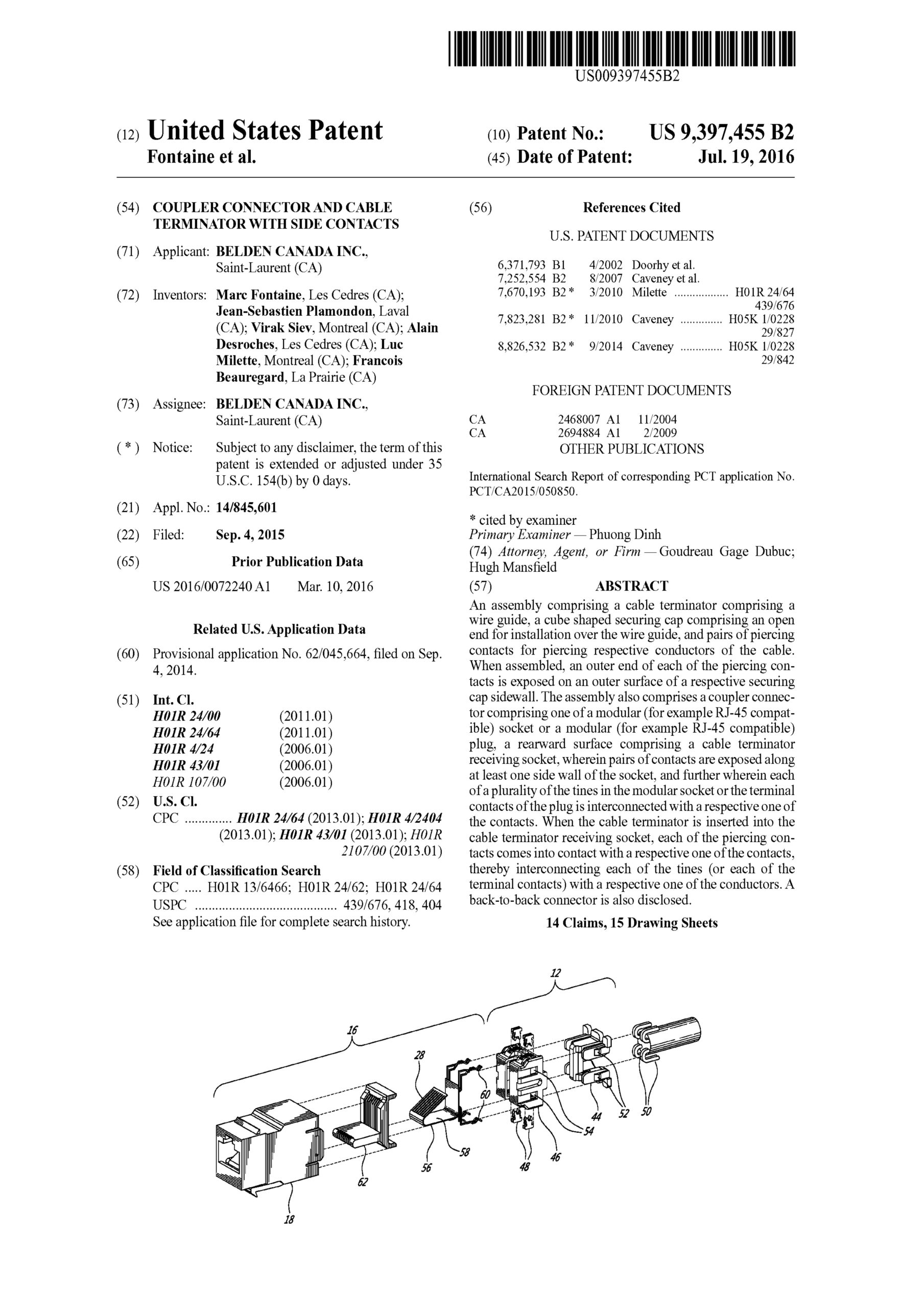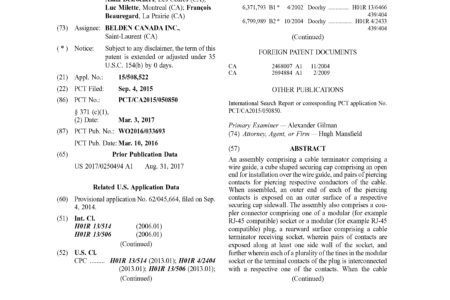A latch mechanism for retaining a tray in a selected one of a first, second position and third position. The latch mechanism comprises notches arranged on an inner surface of the housing along an axis parallel to a direction of travel of the tray, an elongate actuator on the tray and opposite the inner surface, the actuator comprising a first elongate member and a second elongate member, an inner end of the first elongate member connected to an inner end of the second elongate member at a connection point, a stop positioned at the connection point wherein the stop is biased laterally towards the inner surface. By increasing a distance between an outer end of the first elongate member and an outer end of the second elongate member the stop is moveable from an unactuated state wherein the stop is engageable by a selected one of the notches and such that the tray is retainable in a selected one of the first, second and third position, to an actuated state wherein the stop moves laterally against the biasing force away from the inner surface and such that the stop is no longer engageable by one of the notches.
